ON LAUREL TRACK SURFACE, MAKING SURE “YOU DON’T GET THERE AGAIN”

The dirt track renovation underway at Laurel Park has most of the state’s racing industry hopeful that the problems that have plagued the racing strip are in the rearview mirror. The track is scheduled to reopen to training August 10.
Whether they’re optimistic – confident about the future – well, that’s a different question. For many in the industry, the sequence of events that led to the abrupt closure of Laurel Park and begat the renovation have also left a sour taste and lingering distrust.
When and whether they regain confidence will depend not just on the quality of the new racing strip but also on the ability of the state’s racing industry to respond in real time to issues that arise — as they inevitably will — and to work collaboratively to resolve them.
“The real question is: how did you get there, and what are you going to do to make sure you don’t get there again?” said Aidan Butler, chief operating officer of 1/ST Racing, Laurel Park’s owner and operator, via its Maryland Jockey Club subsidiary.
The short answer to Butler’s first question is that Maryland racing arrived at this point the same way the Hemingway character went bankrupt: gradually, then suddenly. In fact, it was a series of decisions and actions over a period of years that finally boiled over in early April.
As to the second question — how to avoid getting back to this place — that’s a more complicated matter. The nearly-completed work on the Laurel Park surface is one element in the equation. So, too, will be a strong focus on, as Butler puts it, “maintenance, maintenance, maintenance.”
At the same time, it’s inevitable that issues will arise over the years to come, and it’s clear that the sport’s major stakeholders — the racetrack operator, horsemen’s group, and veterinarians, as well as the regulatory body — must do a better job identifying, and resolving, issues before they become problems.
The mid-April decision to shutter the track came about after a 10-day period in which three horses suffered fatal breakdowns during morning workouts, according to Maryland Racing Commission data, and at least one other suffered a serious but non-fatal injury. Two of the three euthanized horses had suffered tibia fractures, bringing the total to four horses in less than five months to be euthanized because of broken tibias.
The prevalence of tibia fractures and other hind end injuries, said one local veterinarian, speaking on condition of anonymity, was “a huge red flag, waving in the breeze on a very tall flagpole.”
All told, in the six months-and-change from the beginning of October 2020 through Laurel’s closure, 13 horses suffered fatal injuries over Laurel’s main track, eight of them during morning works.
It’s not just the last six months, though. Maryland’s horsemen have had heightened concern about the Laurel Park racing strip for years. Indeed, they were worried enough that in 2017 the Maryland Thoroughbred Horsemen’s Association (MTHA) commissioned former Maryland and New York track superintendent John Passero to analyze the dirt track and recommend improvements.
The Racing Biz has obtained a copy of Passero’s report, which he submitted February 7, 2017. In it, he described a track in which he found “four large… dips,” one of which was 10 feet long by 10 feet wide. He decried what he called the “haphazard manner” in which repairs had been undertaken.
Racetracks are typically built in layers, with a sandy “cushion” placed atop a limestone base, which itself rests on a sub-base. Because horses are half-ton animals running on spindly legs, it is imperative that the cushion be deep enough to soften the impact of their hitting the track and of consistent depth all the way around; that consistency is key.
- Charles Town: Latest jockey and trainer stats
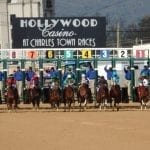 Which Charles Town jockeys and trainers are having a good meet? Who’s doing better than you’d think? Or heating up now? Answers within.
Which Charles Town jockeys and trainers are having a good meet? Who’s doing better than you’d think? Or heating up now? Answers within.
But Passero found a track in which the depth of the cushion differed by several inches from place to place. What’s more, in some spots the lowest level of the cushion was packed tight, becoming like a “pad” atop the base and reducing the impact-softening ability of the cushion.
“What the horsemen [at Laurel Park] were feeling and seeing… was that a horse would be running along, and he’d be running on a cushion of maybe two inches and then he’d run 100 feet and he’d be on three or four,” Passero said in an interview. “What I found [in some spots] was the cushion was packed down like concrete against the base, so that was the irregularity. And if you use different types of limestone [in the base] or the wrong type of limestone, not only do you have an issue with the cushion, you’ve got an issue with the base.”
Passero said that, while conducting the analysis, he oversaw some repairs to the track. But the problems he found — including the possibility of a failing base — were far greater than could be fixed in a brief visit.
It seemed like explosive stuff, but the report didn’t appear to light much of a fire. In fact, it was another 14 months, until April of 2018, until the MJC brought on Chris Bosley, previously the track superintendent at Timonium, to oversee the dirt courses at Laurel and Pimlico.
Bosley gets generally high marks from horsemen for his efforts to make the track more consistent and safer.
“I think the track is very consistent, since Chris came,” said Katy Voss, a trainer and longtime member of the MTHA board.
“I feel like Chris is the right man for the job,” agreed MTHA president Tim Keefe, also a trainer. “He’s young, he’s learning, he’s got a lot of enthusiasm.”
But the sheer scope of the effort now underway, which 1/ST Racing’s Butler called “a bit of a bloody project,” indicates that Bosley has faced a task bigger than the tools at his disposal: the boy sticking his finger in the dike.
“The problems [Bosley and his team] were facing were set in motion probably a decade ago,” Butler acknowledged. “They’ve been fighting an uphill battle and a losing battle from the start.”
While it is unclear who exactly saw the Passero report when it was complete – Passero said that he provided copies to the MJC’s Sinatra and to some but not all MTHA board members, and some who were on the board at the time said they did not receive a copy – soon enough it found its way to some members of the Maryland Racing Commission. And they started asking questions.
“The report bears out that there were problems,” Commissioner Konrad Wayson said in an interview. “It was identifying problems at that time. Trying to piecemeal the problem did not work.”
“Many of the trainers, starting with Tim Keefe, Dale [Capuano], and others I have high regard for, like Mike Trombetta, were like, ‘This is a huge problem,’” said Michael Algeo, who was Commission chair at the time of the Passero report and is still on the Commission, though no longer chairs it. “It just got pushed down the road and pushed down the road.”
While the Commission did ask questions, it does not seem to have gotten to the bottom of the issue and did not force the MJC’s hand. Though by law, the Commission has the authority to “set the conditions under which a licensee must add to, change, make a reasonable improvement to, or repair property,” it did not, for example, condition the award of days to Laurel on improvements to the racing strip.
One hurdle for the Commission, Algeo suggested in an interview, is a lack of expertise. Three current members of the Commission have personal experience in Thoroughbred racing, and state law limits to four the number of Commissioners who can have “a financial interest in racing in the State.” Algeo maintains that adding members with industry expertise would make the Commission better able to conduct such oversight.
Another reason seems to have been mixed messages from horsemen and the track. Wayson said he received numerous calls from individual trainers and jockeys telling him “the track’s not good.”
But in meetings it was a different story.
“The Stronach Group would be saying we’re not hearing that [there are problems],” Wayson said. “The [MTHA] would be saying the same thing. They’d say, ‘We don’t hear that.’ Well, why am I hearing it and you’re not?”
“I don’t blame management; I blame the MTHA,” said longtime local trainer Jerry Robb, who was one of the most vocal trainers on the track surface issue and who has sparred with MTHA leadership. “They ordered a report and then did nothing about it when they knew it was bad.”
Keefe, the MTHA president, acknowledged that his group would, in future, need to take a “much more aggressive, active role” in ensuring that the racetrack operators “do what they need to do.” At the same time, Keefe said it was incumbent on individual horsemen to be more engaged. He pointed to a series of meetings the group had organized with Bosley, the track super. Keefe said that “the reality is, horsemen stopped coming to that.”
Going forward, one of the most important steps the state’s racing industry can take, several people said, would be to improve the sharing of information in real time.
While every fatal breakdown in Maryland leads to a necropsy, death certificate, and report by the Racing Commission, fatal breakdowns are — fortunately — rare. By the time enough of them have piled up to raise hackles, the problem is already beyond serious.
- “New door opened,” Jaime Rodriguez shifts tack to NY
 Jockey Jaime Rodriguez won five consecutive Delaware Park riding titles and a couple of others at Laurel. Now it’s on to New York.
Jockey Jaime Rodriguez won five consecutive Delaware Park riding titles and a couple of others at Laurel. Now it’s on to New York.
Much more common than fatal breakdowns are injuries that do not lead to death. In these injuries, potentially, is a wealth of information that could assist horsemen, regulators, and the track operator, in near-real time, to assess how the track is affecting horses, identify emerging problems, and take corrective actions.
“One of the issues [is] we don’t know exactly what other trainers are going through unless we talk to each other,” said Dale Capuano, who has trained more than 3,500 winners. “The vets would know more about what they’re dealing with because they go from barn to barn to barn. But of course, there’s no coordination.”
There are challenges.
“Trainers are a little bit funny about people knowing their business,” Dr. Adam Lockard, a Maryland veterinarian, said. “And vets have to honor the patient-doctor relationship.”
That’s true, of course, but for this specific purpose it might be just as useful if the Racing Commission were to collect and aggregate anonymous injury data. Not only would such a project increase real-time knowledge of emerging issues, but it would also provide hard data, potentially obviating problems such as the mixed messages cited by Wayson.
“If you see some kinds of injuries that you don’t normally see on a frequent basis, if there was a way to bring information forward without revealing horses’ names, without revealing trainers’ names, that would be beneficial,” Lockard said.
“If a bunch of horses are getting suspensories, for example, nothing fatal, that’s great information to share,” agreed Butler. “If we can get into more of that sharing of issues, when you can see it from a global perspective, you can work out things.”
Ultimately, when it comes to what caused the situation in which Maryland racing has found itself, there’s plenty of blame to go around. What’s more important, though, is that, going forward everyone — the racetrack operator, the horsemen’s group, rank-and-file horsemen, and the regulator — has a role to play, and improvements to make.
Time, ultimately, will provide the test.
“[Longtime Santa Anita track superintendent] Dennis Moore was saying, when you build these tracks initially, they might race really great for four or five years, but then they can start falling apart,” said David Hayden, an owner-breeder who is also a member of the Racing Commission. “I guess the proof will be in the pudding five years from now.”
LATEST NEWS


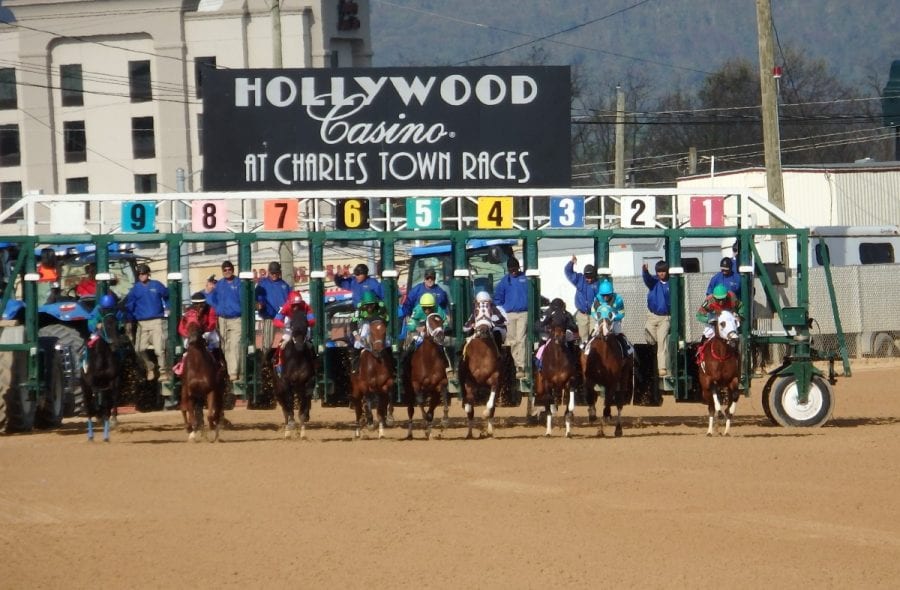
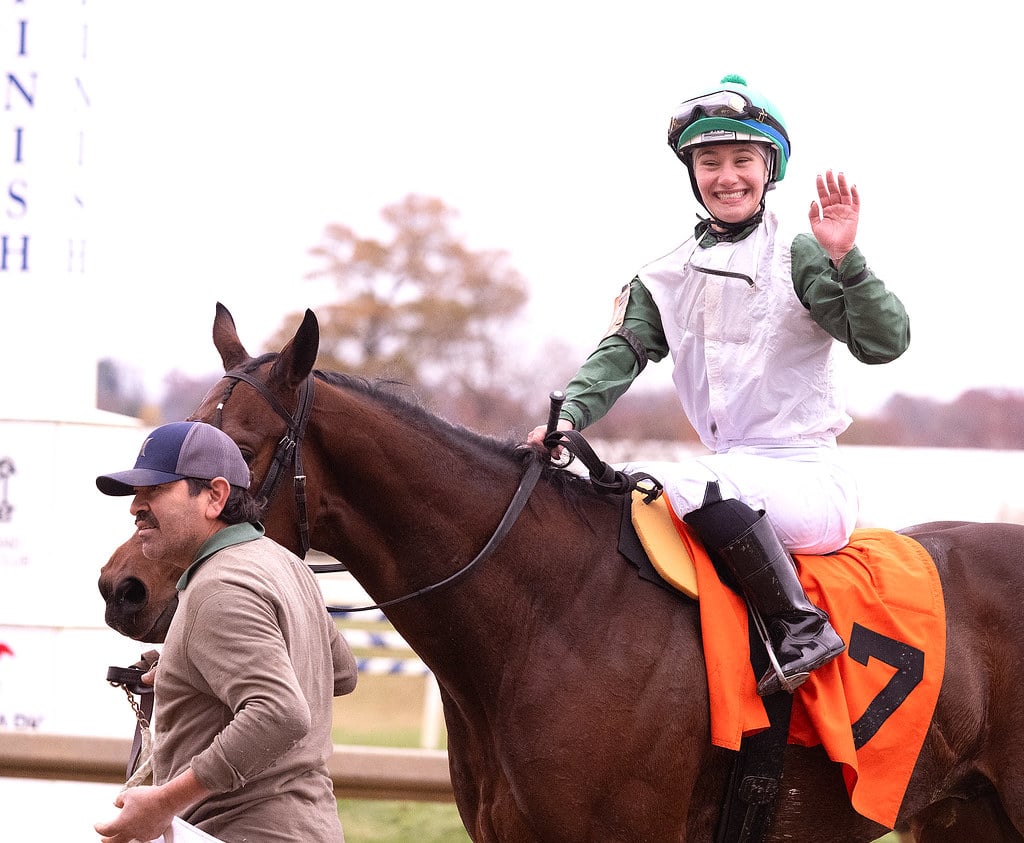
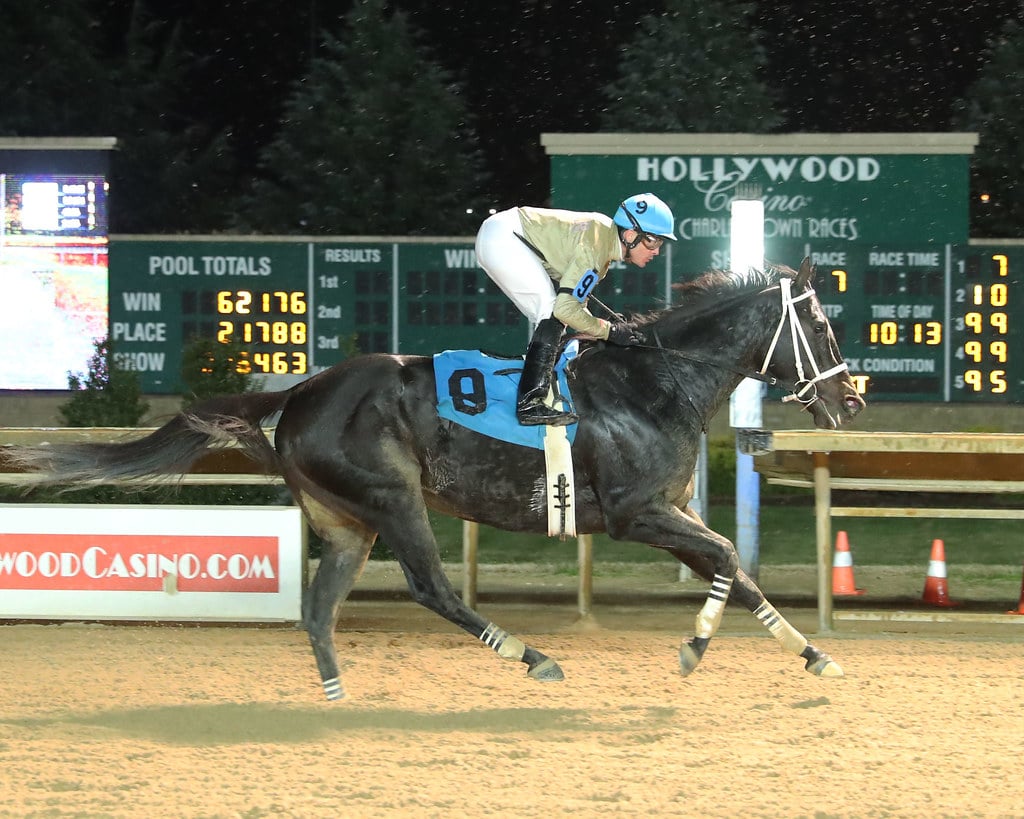

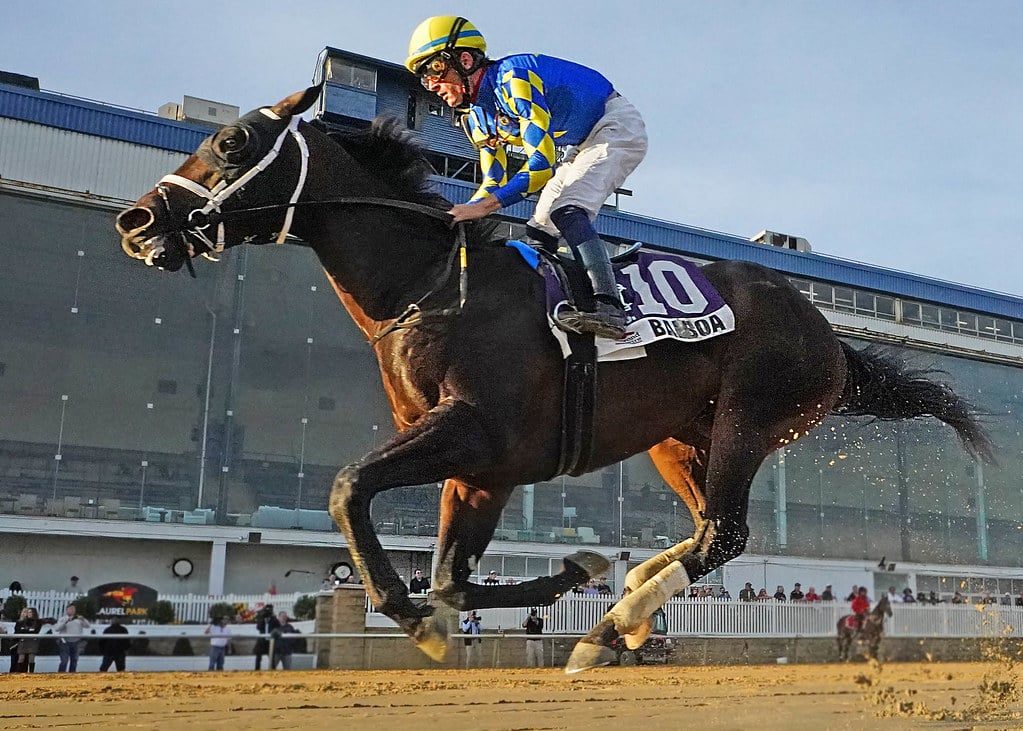
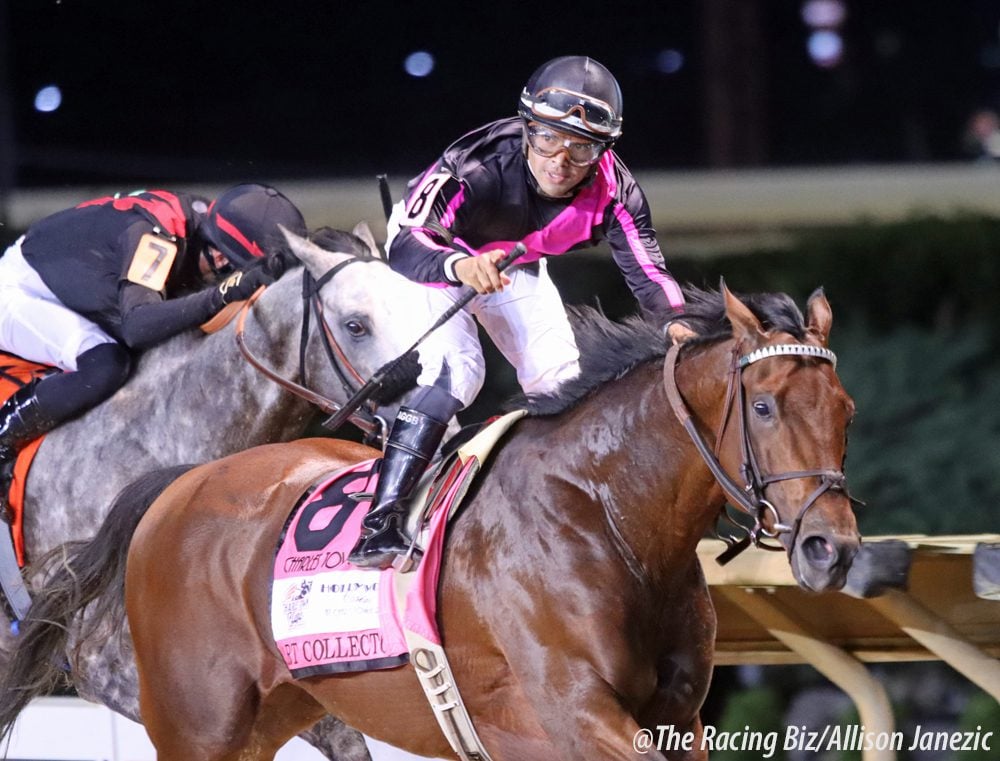




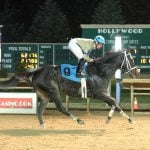



Anonymous
06th Aug 20214.5
LUCIAN P PIECHUTA
07th Aug 2021Thank you for bringing these issues to light. Horseplayers need to be aware of industry problems and proposed solutions. What is good for the horses is good for the industry and fans alike. Keep up the great work.
Brian Myers
08th Aug 2021End of day Laurel was built on a swamp so any aggressive maintenance would need to be kept up on. MJC wants to stake racings future on Laurel so it’d be in their best interest to get this right
Anonymous
03rd Dec 20214